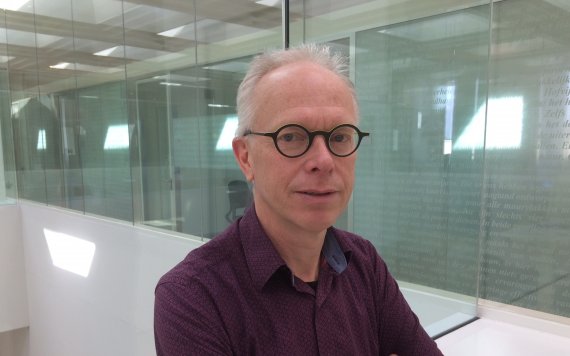
You studied Plant Diseases here and did your PhD on nematodes. How do you get from nematodes to modelling biodiversity?
‘In my PhD I made a lot of use of statistics and modelling. After getting my PhD, I got a job with the Netherlands National Institute for Public Health and the Environment as a mathematician, making models for the soil biology department. Gradually I began to work more and more internationally on models that quantify biodiversity on a global scale.’
Your field of study combines biodiversity and ecosystem services. Why?
‘Biodiversity is necessary for providing ecosystem services to agriculture, for example. I was involved from the start in the global biodiversity model Globio, which describes biodiversity using ‘pressure factors’ such as land use and climate change. Now I’m working on expanding that model to cover ecosystem services.’
The alarmist story gets a lot of attention in the media
Rob Alkemade
You worked on the worrying IPBES report on biodiversity that was recently presented at a summit in Paris. How did you feel after that summit?
‘I actually came away from it feeling positive. The alarmist side of the story got a lot of attention in the media. But a lot of the report is about how we can increase biodiversity. That is the optimistic side of the story. A lot can be improved just with simple options such as more vegetation in cities and gardens, more sustainable products or rejecting pesticides.’
What are you going to do as a professor?
‘My research focuses on improving the models for biodiversity by including the management of ecosystems in them. Are pesticides used on arable land, for instance? Do you leave a strip uncultivated? Different management approaches lead to more or less biodiversity. We are trying to work out how to quantify that on a global scale. That hasn’t been done before.’

 Rob Alkemade is professor by special appointment, funded by the Netherlands National Institute for Public Health and the Environment.
Photo: PBL
Rob Alkemade is professor by special appointment, funded by the Netherlands National Institute for Public Health and the Environment.
Photo: PBL